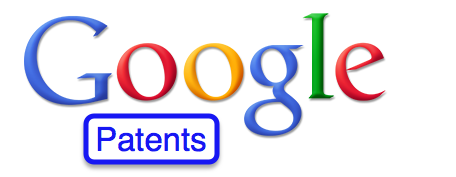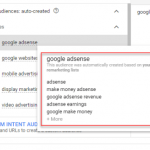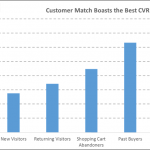Google Patent On Location Labels Uses Unique Data To Pinpoint Position
Google Patent On Location Labels Uses Unique Data To Pinpoint Position
by Laurie Sullivan, Staff Writer @lauriesullivan, February 21, 2017

If you thought location-based ad targeting would only become more sophisticated, you are correct. Google engineers have developed a labeling technique that enables the technology to pinpoint a location or geographic position based on a variety of data stored in the phone.
The patent titled “Labeling visited locations based on contact information” — granted late last week by the U.S. Patent and Trademark Office — is based on geographic location of a mobile device determined by using a referencing cellular network towers, WiFi access point locations, or data from Global Positioning System (GPS) components.
Signals also include things like location tracking and awareness when an individual reports social interactions based on their location or position. While these create limitations, the use of other data such as contact lists or entries in emails provides additional data for more accurate positioning.
The patent’s authors explain that by collecting data from a computing device, such as location history data or data mentioned in an email and tying that with “a contact location label,” the data can more accurately determine the location based, in part, on contact information associated with the user and the location data throughout the phone.
The technology can determine the location visited by the user by converting geographic coordinates derived from the location history data into an address.
In some examples, the location includes a business. It requires determining the location visited by the user by converting geographic coordinates gathered from location history data on the phone and converting it into an address.
Sometimes the technology will prompt the user for permission to edit the contact list adding an entry for the second user.
It’s all pretty darn sophisticated and a little geeky. You can check out the patent here.
MediaPost.com: Search Marketing Daily
(29)












